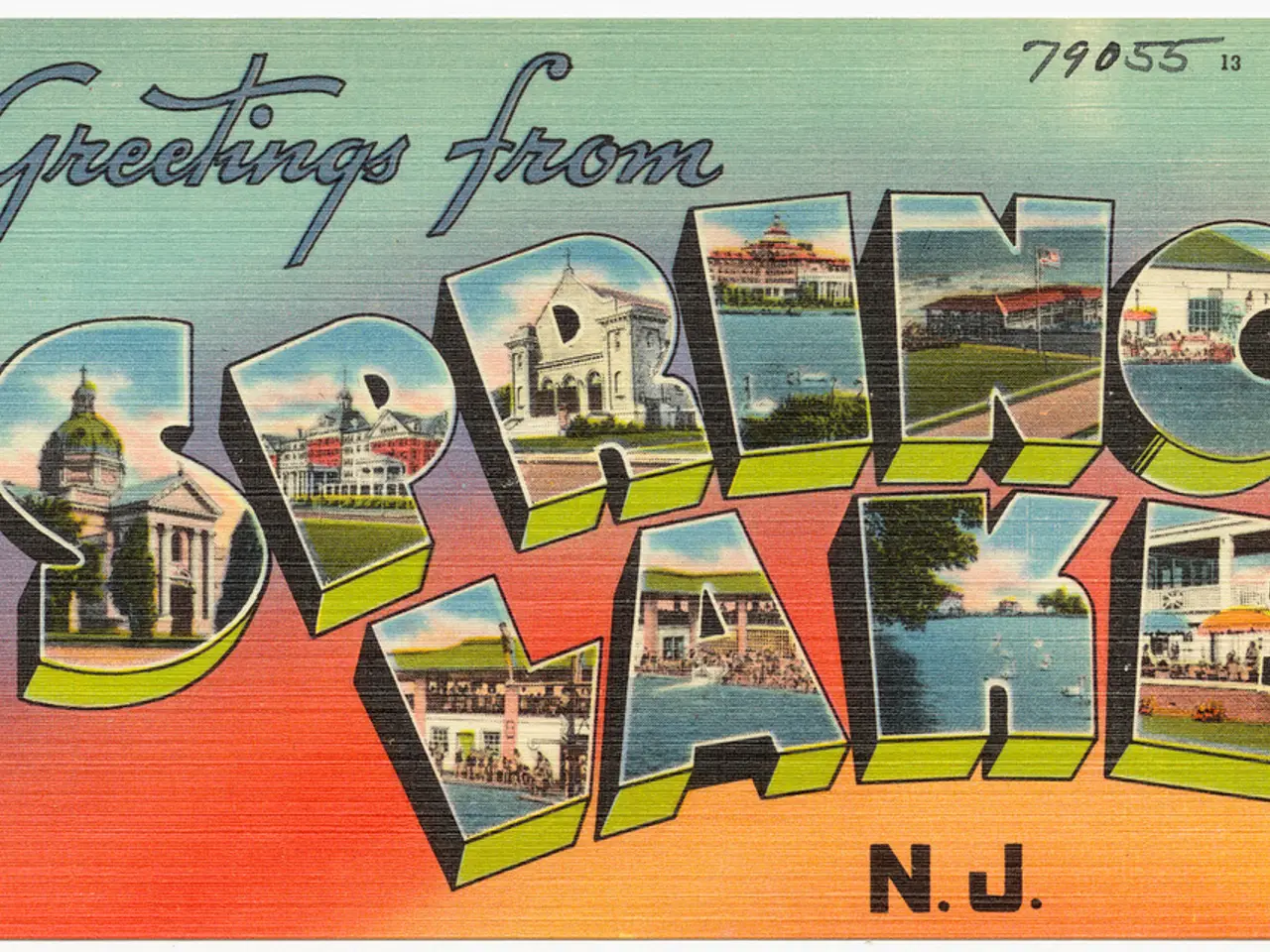Integrating Energy Efficiency and Renewable Energy Sources in Strategies for State and Native American Tribal Governments
The Environmental Protection Agency (EPA) offers a range of resources and tools to support Energy Efficiency (EE) and Renewable Energy (RE) policies and programs in Clean Air Plans. Contrary to earlier statements, the EPA's Roadmap does not actively encourage state, tribal, and local agencies to consider incorporating EE and RE in their State and Tribal Implementation Plans (SIPs/TIPs).
One of the key resources provided by the EPA is the Climate Pollution Reduction Grant (CPRG) program. This EPA-administered grant program funds numerous clean energy projects, many focused on renewable energy deployment and energy efficiency improvements at community and state levels. The high number of project plans seeking funding from this program—over 860—demonstrates its significance as a major resource for local governments and organizations implementing EE and RE initiatives.
The EPA also identifies and provides lists of technologies and strategies, including energy efficiency and renewable energy options, that states can use for developing their carbon pollution reduction plans for power plants. These operational changes, related to energy use and renewables integration, are part of the EPA’s implementation of Clean Air Act Section 111(d).
Planning tools and templates, offered by the EPA and affiliated organizations like ICLEI, are another crucial resource. These templates and modeling frameworks incorporate energy efficiency conservation measures, renewable energy procurement scenarios, and projections of GHG emission reductions over time. They help jurisdictions prioritize measures based on GHG reduction potential, cost-effectiveness, feasibility, and readiness.
Regulatory standards and guidelines, such as the Clean Power Plan (now repealed and replaced by the Affordable Clean Energy rule), establish carbon pollution limits and emission guidelines for fossil fuel plants. These standards implicitly promote cleaner energy solutions including renewables and energy efficiency by incentivizing states to adopt such measures into their plans.
Lastly, investment facilitation tools, while not directly EPA tools, indirectly stimulate private and public capital flows into EE and RE projects. Programs like the CPRG reflect the EPA’s role in enabling funding pathways and project development pipelines supporting clean energy deployment.
In summary, the EPA's primary resources and tools for EE and RE in Clean Air Plans centre around funding support (Climate Pollution Reduction Grants), technology and strategy guidance (candidate technology lists), planning and modeling frameworks, regulatory standards setting emission reduction requirements, and enabling investment through project inventories and grant programs. These resources collectively help states and local governments design, finance, and implement clean air strategies incorporating energy efficiency and renewable energy to reduce greenhouse gas emissions and improve air quality.
The EPA's Roadmap provides frequent information, guidance documents, and more for implementing EE and RE in Clean Air Plans. It also includes a manual for implementing EE and RE in Clean Air Plans. The Roadmap offers guidance on how to quantify emissions reductions from EE and RE in Clean Air Plans.
Renewable energy, specifically wind energy, is a focus of these resources. Energy efficiency and renewable energy policies and programs offer potential emission reductions at lower costs than traditional control measures. However, the article does not provide details on the specific benefits or costs associated with the incorporation of EE and RE policies and programs in SIPs/TIPs or mention any specific states, tribes, or local agencies that have already incorporated EE and RE in their Clean Air Plans.
The EPA encourages state, tribal, and local agencies to consider incorporating Energy Efficiency (EE) and Renewable Energy (RE) policies and programs in their State and Tribal Implementation Plans (SIPs/TIPs). The EPA provides a website with a manual, training, tools, and technical assistance to support the incorporation of EE and RE policies and programs in SIPs/TIPs.
- The Environmental Protection Agency's website offers a manual and technical assistance for state, tribal, and local agencies to consider incorporating Energy Efficiency (EE) and Renewable Energy (RE) policies and programs in their State and Tribal Implementation Plans (SIPs/TIPs).
- The EPA's Climate Pollution Reduction Grant (CPRG) program, a major resource for local governments and organizations implementing EE and RE initiatives, funds numerous clean energy projects, many focused on renewable energy deployment and energy efficiency improvements at community and state levels.
- The EPA's Roadmap provides guidance on how to quantify emissions reductions from EE and RE in Clean Air Plans, and it focuses on renewable energy, specifically wind energy, as a potential solution for lower-cost emission reductions compared to traditional control measures.




